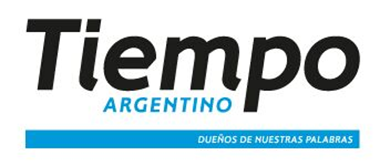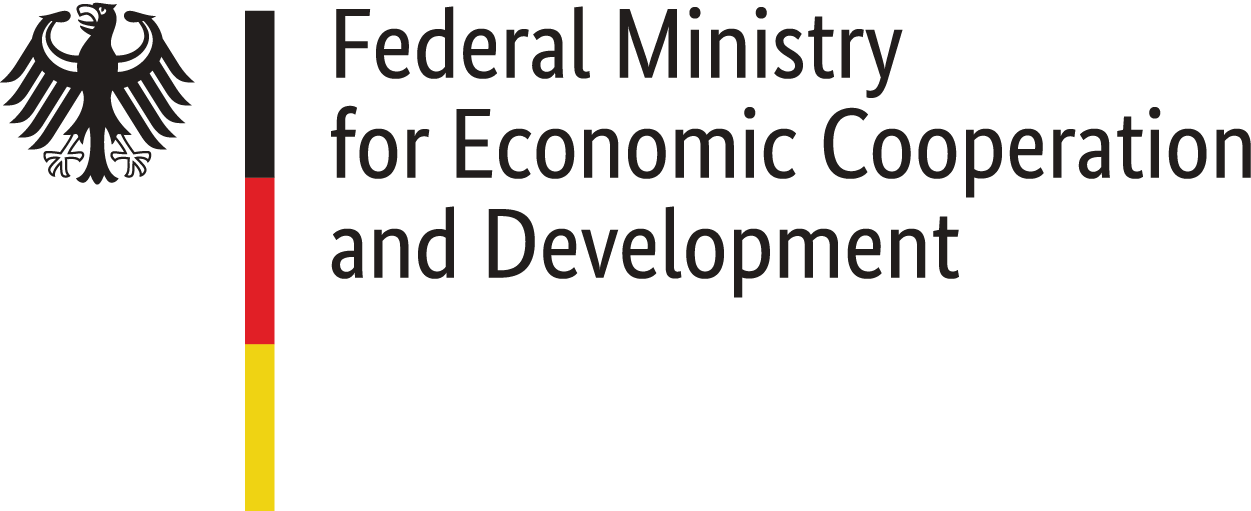Radio is the most massive medium in Argentina after TV, according to the National Survey on Cultural Consumption (ENCC), which is carried out by Argentina’s System of Cultural Information (SINCA). According to the survey, which was carried out in 2017, radio has been one of the most affected traditional medium, having lost 17% of its share, when compared to the results of a previous survey, conducted in 2013. However, its penetration still is high (70%). The traditional radio receiver continues to be the most popular device (62%), followed by the car stereo receiver (24%) and the cell phone (22%).
According to a survey conducted by Kantar Ibope Media, Argentinians listen to the radio mainly when they need to get entertained (30%), get informed (28%), not feel alone (27%) or get distracted (17%). Among the most valued music content types are chart music in Spanish (25%), chart music in English (20%), rock and roll in Spanish (19%) and cumbia music (16%). Among spoken content, they prefer national news (26%), local news (25%), talk-shows (21%) and breaking news (19%).
For the MOM Argentina’s study, 14 radio stations were chosen among the most popular stations in 2017. In Buenos Aires, the radio stations included in the research were AM radio stations Mitre, Radio 10, Continental, Del Plata, Nacional, 750 and La Red, as well as FM radio stations FM Pop, La 100, Metro and Radio Con Vos. Cadena 3, Radio Dos and Radio Nihuil were chosen in Córdoba, Rosario and Mendoza, respectively.
An industry with several players (with only a few that are strong), marked by audience concentration
The radio market is more diversified than the TV market when it comes to media ownership, though its more concentrated in terms of audience. What’s more, measurements are also biased (only taken in big cities), private and difficult to access by the general public. Yet, when taking into consideration data from Argentina’s main cities (Metropolitan Area of Buenos Aires, Greater Rosario area and Greater Córdoba area) in 2018, it is possible to see a high level of market concentration. When considering all radio stations (AM, FM, music only and informative) in these three cities, the level of audience concentration of the top four companies is 53%: Grupo Clarín controls 19.5% (Radio Mitre is present in the three cities, while La 100 is present in Córdoba and the Metropolitan Area of Buenos Aires, and FM Mía is present in Córdoba); Grupo Indalo holds 14.6% (Radio 10, One, Mega, Pop and Vale in the Metropolitan Area of Buenos Aires); the merged radio stations of Grupo PRISA and Albavisión account for 12.4% (Continental, Los40, RQP, Aspen and Mucha Radio in the Metropolitan Area of Buenos Aires); and Grupo América controls 6.5% (La Red and Blue in the Metropolitan Area of Buenos Aires, and La Red, Del Siglo and LT8 in Rosario).
In addition, it is possible to estimate media size based on the number of frequencies owned by different groups. The largest media groups in radio are Grupo América (10), Grupo Clarín (11), Cadena 3 (10), PRISA-Albavisión (12) and Radio Nacional (over 80). The market is also concentrated from a geographic point of view: most of the radio stations located in the city of Buenos Aires have repeaters and content affiliates across the country.
An ownership structure sensitive to changes in government
Owners of radio stations, mainly in the city of Buenos Aires, tend change rather often. These changes are usually related to the changes in the country’s administration. Only Grupo Clarín and Cadena 3 have kept their parent radio stations (Radio Mitre and La 100 in Buenos Aires, and LV 2 in Córdoba, respectively) since these were privatized. The remaining companies are newer in the market.
To illustrate the situation, from 2000 to 2019, Radio Del Plata had three different owners, Radio 10 and FM Pop had another three owners, Metro had two owners, and Radio Continental had another two owners. Overtime, with the different governments, different media groups were created. Most were dissolved when those governments left power. This has been the case of Grupo CEI during Menem’s second term in office (1995–1999; Radio La Red, Radio Continental, FM 105.5); of Grupo CIE, of Mexican capitals (four AM and four M radio stations in Buenos Aires), during Néstor Kirchner’s administration (2003–2007); of Daniel Hadad (Radio 10, Mega, Vale, Pop and TKM) again during Néstor Kirchner’s administration; of Grupo Veintitrés (two AM and two FM radio stations) during Cristina Fernández’s two terms in office; and of Grupo Indalo (it bought Grupo Hadad’s radio stations), among others.
Given this tendency, radio stations have always been subject to the changes in government. Many media groups were created thanks to the favors made by different executive powers and to the official advertising they received during different administrations. The situation since Mauricio Macri’s coming into power in the city of Buenos Aires is as follows: five radio stations have new owners (AM radio stations 950, 990 and 1190, and FM radio stations 100.7 and 95.9), while many others are having issues to pay salaries, are undergoing insolvency procedures or are bankrupt (Rivadavia, Del Plata, Radio 10, Pop, Mega, Vale, One, ESPN).
This has a negative impact on art projects and the situation of workers. It also shows the National Government’s unwillingness to control the market and create real conditions for the media to survive overtime.

















